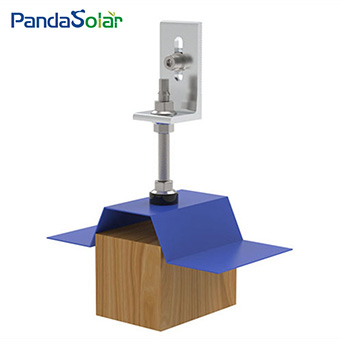 Solar Hanger Bolts: The Durable Solution for Mounting Solar Panels
Solar Hanger Bolts: The Durable Solution for Mounting Solar Panels
Mar 31, 2023
If you're in the solar panel installation business, you know how important it is to have a reliable mounting solution. After all, solar panels need to be mounted securely to ensure they don't fall or become damaged in high winds or severe weather conditions. That's why many solar panel installers are turning to solar roof hanger bolt, a versatile and durable mounting solution that can be used on both wood and steel beams.
Solar hanger bolts come in two materials: SUS304 stainless steel and zinc-nickel alloy. The SUS304 hanger bolts come in two types: pointed and swallow-tail. The pointed hanger bolts are ideal for wood beams, while the swallow-tail hanger bolts are suitable for steel beams. Meanwhile, the zinc-nickel alloy hanger bolts can be used on both types of beams and offer exceptional strength and durability.
One of the main benefits of solar hanger bolts is their ability to withstand extreme weather conditions. Thanks to their strong construction, they can withstand high winds and heavy loads, ensuring that solar panels stay securely in place. Additionally, the zinc-nickel alloy hanger bolts are corrosion-resistant, which is essential for outdoor installations where exposure to the elements can cause rust and degradation over time.
Another advantage of solar hanger bolts is their ease of installation. Unlike other mounting solutions that require specialized tools and equipment, hanger bolts can be installed using standard tools, making the installation process faster and more efficient. And because they can be used on both wood and steel beams, you don't have to worry about purchasing separate mounting solutions for different types of structures.
In conclusion, if you're looking for a durable, versatile, and easy-to-install mounting solution for solar panels, solar hanger bolts are an excellent choice. With their strong construction and ability to withstand extreme weather conditions, they offer peace of mind that your solar panels will stay securely in place for years to come.
Read More


 Deutsch
Deutsch español
español Português
Português 日本
日本
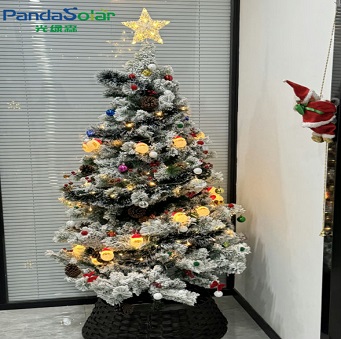
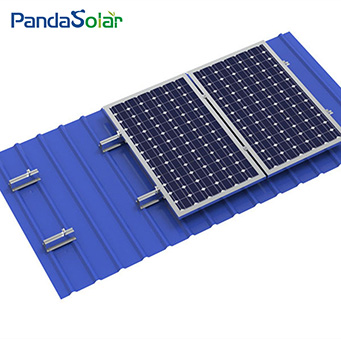

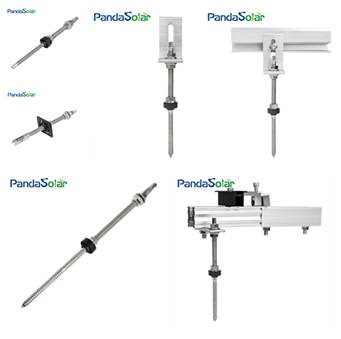
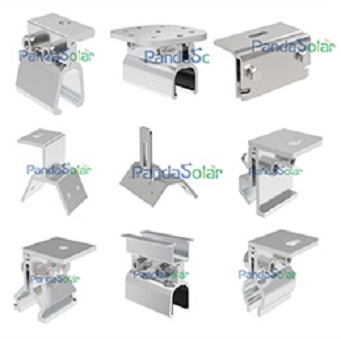
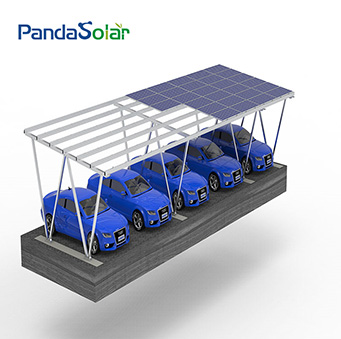
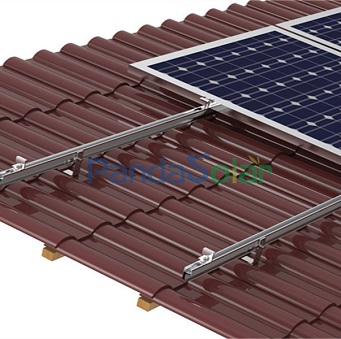
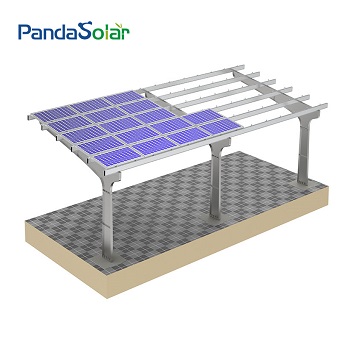
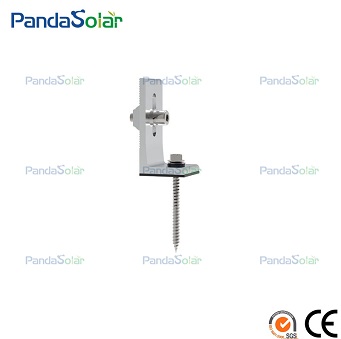
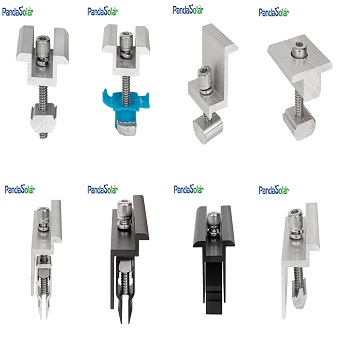
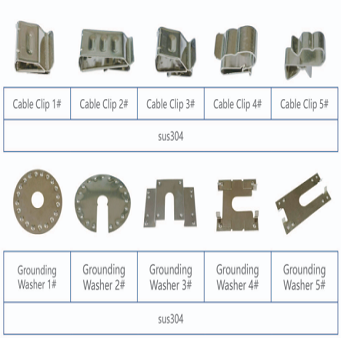
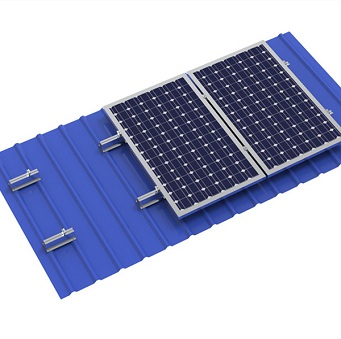



 IPv6 network supported
IPv6 network supported